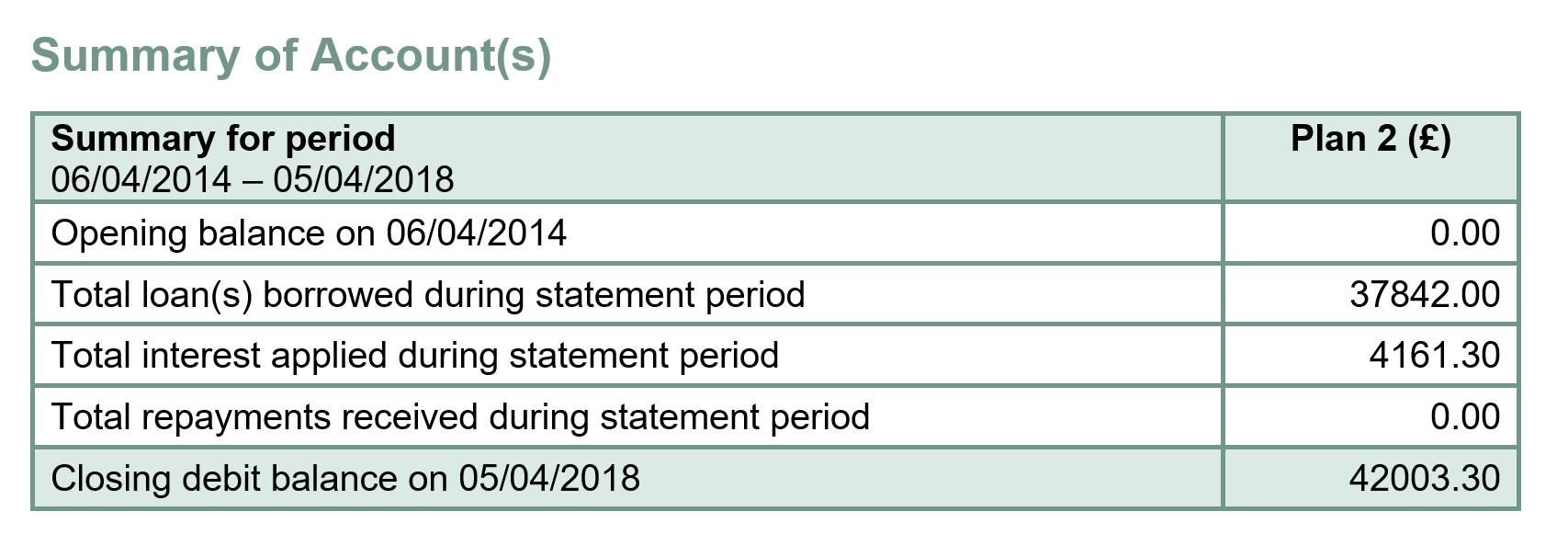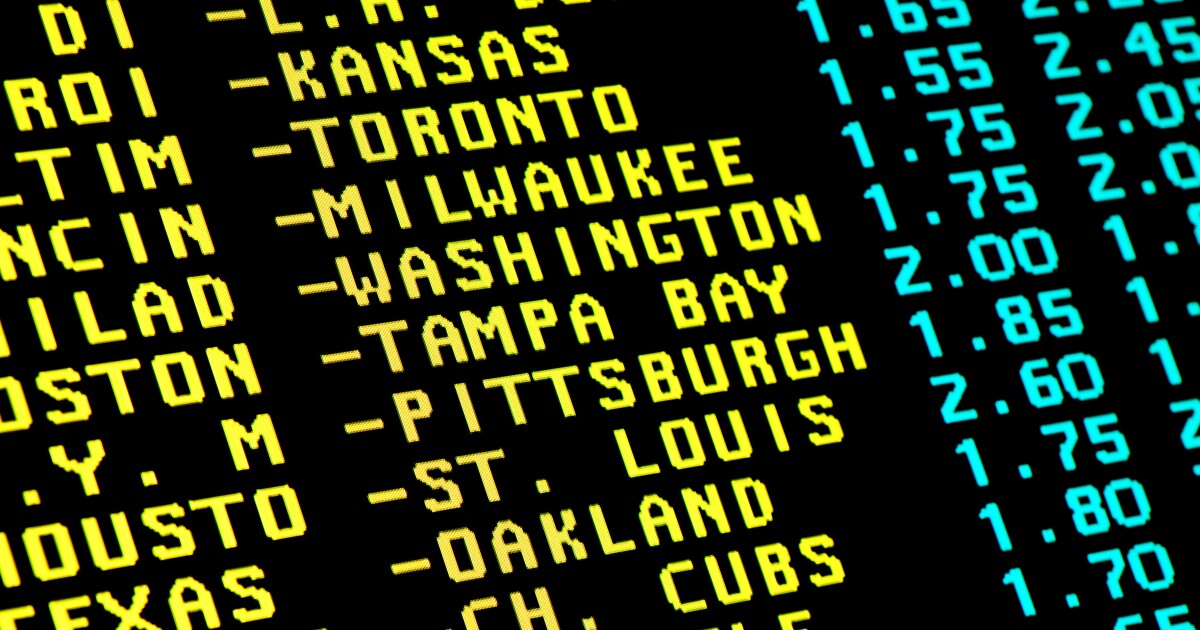Gambling To Pay Off Student Loans
- Best Way To Pay Off Student Loans
- How Long To Pay Off My Loan
- Gambling To Pay Off Student Loans Debt
- Help Paying Off Student Loans
The student loan crisis has reached a fever pitch. It’s become a national epidemic, one that reached $1.5 trillion in 2018.
Paying off student loans is a rite of passage for twenty-somethings, one that often begins just a few months after college graduation.
- Many gamblers think they can win enough money to pay back their debts, but this often creates more gambling debt to repay. Even if you did win enough money to pay off your debt, chances are you would gamble that money away too, thinking if you won once you could win again. When it comes to paying back debt, there is no quick and easy solution.
- Before I answer your question as a tax expert, let me quote some of the other experts here at Debt.com when I told them you planned to pay down your student loans by gambling on sports. “It shouldn’t need to be said, but gambling isn’t the same thing as saving or even investing,” warns Debt.com chairman Howard Dvorkin.
- Your student loan debt must be at least 20% of your starting salary. If eligible, you may get up to $35,000. You may receive 25% of your outstanding student loan debt up to $35,000 per year. Applicants with $140,000 in student debt receive the maximum $70,000 over 2 years. You must reapply for the reward during your second year of service.
The fastest way to pay off student loans includes paying interest while in school, using autopay and making payments biweekly. Make extra payments to principal when you can. Consider refinancing.
But for some students, making payments in college is possible. Even if you think you can’t contribute much, making payments before you graduate can reduce your total interest and decrease your overall loan burden.
Paying off student loans in college isn’t as difficult as passing Econ or finding out why your ex ghosted you. Read below to find out how to start the process.
Find Your Loans
To start paying off your loans early, you need to find out where your loans are. A servicer may transfer or sell your loan to another provider, making it hard to find out where your loan is. Some of the most popular services are Nelnet and Navient.

Visit the National Student Loan Data System website and type in your Federal Student Aid ID, a personal login to view your student loan information. This is only applicable for federal student loans.
You can find your private loans by checking your credit report at AnnualCreditReport.com. That will show credit reports from all three credit bureaus, Experian, Equifax and TransUnion. Your credit report will reflect if you’ve taken out a private loan in your name.
Ask your parents if they took out student loans on your behalf. Even if your parents paid for your tuition with this loan, it won’t show up on your credit report because your name isn’t on there.
Pick Which Loan to Pay
If you’re like most college students, you probably have multiple student loans, at least one a year for each year of school. Each loan will have its own principal and interest rate, which may vary. Create a basic spreadsheet or list of all your loans, and include the total amount borrowed, the interest rate, and where the loan is subsidized or unsubsidized.
A subsidized loan doesn’t accrue interest while you’re in school. If you have a $5,000 subsidized loan, it will still have a $5,000 balance when you graduate. An unsubsidized loan does accrue interest while you’re in school. These loans should be your top priority.
If you don’t pay off the accrued interest before graduation, the interest will be capitalized and added to your principal. This raises your overall principal amount and will cost you more interest overall.
Choose a Repayment Strategy
To save the most on interest, pick the loan with the highest interest rate. If you have a loan with 4% interest and one with 13% interest, choose the loan with 13% interest. This is also known as the avalanche method.
You can also pick the snowball repayment method which says you should repay the loan with the smallest balance first. If you have a $10,000 loan and a $5,000 loan, this method would have you repay the latter one first. This is because getting rid of individual loans is motivating, especially if you have a high overall burden.
There’s no right or wrong answer when it comes to picking a repayment strategy. Each method has its pros and cons, which depend on your personality and debt tolerance.
Decide How Much to Pay
Making payments while you’re in college will reduce your interest load and save you money. But it’s easy to get overzealous and pay too much toward your student loans.
Don’t forget to save money in an emergency or rainy day fund. This amount will pay for the essentials if you have a car accident, can’t find a post-grad job or visit the ER. Having $1,000 or more in a savings account will prevent you from taking out a high-interest loan or having to sell plasma.
This is especially important if you don’t have a backup plan like borrowing money from your parents or friends. Being a self-sufficient adult is all about being able to take care of emergencies yourself.
Balance paying off your student loan early and saving an emergency fund. Remember, you can always put more money toward your loans if you have extra savings, but you can’t get the money back from your student loans if you have an emergency.
You should also make sure you’re not carrying any other debt, like a credit card balance or auto loans. Student loan interest is tax-deductible and interest rates are often lower than other types of loans. If you have a $5,000 student loan with 6% interest and a $5,000 credit card balance at 22% interest, you should pay off the credit card loan first.

Best Way To Pay Off Student Loans
Plus, federal student loan providers have extended repayment plans if you’re struggling to make payments. These aren’t available with credit cards, personal loans or car loans.
Set Up Automatic Payments
The easiest way to make extra payments on your student loans is to set up automatic payments from your bank account. Visit the loan provider’s website and find the payment tab. There should be a place where you can establish automatic transfers every month.

If you go with automatic payments, make sure you always have enough in your bank account to cover those payments along with your other transactions. If your $50 student loan payment goes through while you only have $40 in your bank account, your payment will be rejected and you’ll have an overdraft fee on your account.
Automatic payments are only a good idea if you always have enough in the bank account. If your income or expenses vary widely, it’s better to do manual payments. To do a manual payment, pick a time every month to make a payment on your student loans.
It’s also good to make extra payments whenever you have a windfall, like a tax refund or birthday check from grandma. There’s no pressure to make extra payments on a set schedule. If you have the funds one month, great. If you need to get the brakes fixed on your car, skip the extra payment.
Related
The student loan crisis has reached a fever pitch. It’s become a national epidemic, one that reached $1.5 trillion in 2018.
Paying off student loans is a rite of passage for twenty-somethings, one that often begins just a few months after college graduation.
But for some students, making payments in college is possible. Even if you think you can’t contribute much, making payments before you graduate can reduce your total interest and decrease your overall loan burden.
Paying off student loans in college isn’t as difficult as passing Econ or finding out why your ex ghosted you. Read below to find out how to start the process.
Find Your Loans
To start paying off your loans early, you need to find out where your loans are. A servicer may transfer or sell your loan to another provider, making it hard to find out where your loan is. Some of the most popular services are Nelnet and Navient.
Visit the National Student Loan Data System website and type in your Federal Student Aid ID, a personal login to view your student loan information. This is only applicable for federal student loans.
You can find your private loans by checking your credit report at AnnualCreditReport.com. That will show credit reports from all three credit bureaus, Experian, Equifax and TransUnion. Your credit report will reflect if you’ve taken out a private loan in your name.
Ask your parents if they took out student loans on your behalf. Even if your parents paid for your tuition with this loan, it won’t show up on your credit report because your name isn’t on there.
Pick Which Loan to Pay
If you’re like most college students, you probably have multiple student loans, at least one a year for each year of school. Each loan will have its own principal and interest rate, which may vary. Create a basic spreadsheet or list of all your loans, and include the total amount borrowed, the interest rate, and where the loan is subsidized or unsubsidized.
A subsidized loan doesn’t accrue interest while you’re in school. If you have a $5,000 subsidized loan, it will still have a $5,000 balance when you graduate. An unsubsidized loan does accrue interest while you’re in school. These loans should be your top priority.
If you don’t pay off the accrued interest before graduation, the interest will be capitalized and added to your principal. This raises your overall principal amount and will cost you more interest overall.
Choose a Repayment Strategy
To save the most on interest, pick the loan with the highest interest rate. If you have a loan with 4% interest and one with 13% interest, choose the loan with 13% interest. This is also known as the avalanche method.
How Long To Pay Off My Loan

You can also pick the snowball repayment method which says you should repay the loan with the smallest balance first. If you have a $10,000 loan and a $5,000 loan, this method would have you repay the latter one first. This is because getting rid of individual loans is motivating, especially if you have a high overall burden.
There’s no right or wrong answer when it comes to picking a repayment strategy. Each method has its pros and cons, which depend on your personality and debt tolerance.
Decide How Much to Pay
Making payments while you’re in college will reduce your interest load and save you money. But it’s easy to get overzealous and pay too much toward your student loans.
Don’t forget to save money in an emergency or rainy day fund. This amount will pay for the essentials if you have a car accident, can’t find a post-grad job or visit the ER. Having $1,000 or more in a savings account will prevent you from taking out a high-interest loan or having to sell plasma.
This is especially important if you don’t have a backup plan like borrowing money from your parents or friends. Being a self-sufficient adult is all about being able to take care of emergencies yourself.
Balance paying off your student loan early and saving an emergency fund. Remember, you can always put more money toward your loans if you have extra savings, but you can’t get the money back from your student loans if you have an emergency.
You should also make sure you’re not carrying any other debt, like a credit card balance or auto loans. Student loan interest is tax-deductible and interest rates are often lower than other types of loans. If you have a $5,000 student loan with 6% interest and a $5,000 credit card balance at 22% interest, you should pay off the credit card loan first.
Plus, federal student loan providers have extended repayment plans if you’re struggling to make payments. These aren’t available with credit cards, personal loans or car loans.
Set Up Automatic Payments

The easiest way to make extra payments on your student loans is to set up automatic payments from your bank account. Visit the loan provider’s website and find the payment tab. There should be a place where you can establish automatic transfers every month.
If you go with automatic payments, make sure you always have enough in your bank account to cover those payments along with your other transactions. If your $50 student loan payment goes through while you only have $40 in your bank account, your payment will be rejected and you’ll have an overdraft fee on your account.
Automatic payments are only a good idea if you always have enough in the bank account. If your income or expenses vary widely, it’s better to do manual payments. To do a manual payment, pick a time every month to make a payment on your student loans.
Gambling To Pay Off Student Loans Debt
It’s also good to make extra payments whenever you have a windfall, like a tax refund or birthday check from grandma. There’s no pressure to make extra payments on a set schedule. If you have the funds one month, great. If you need to get the brakes fixed on your car, skip the extra payment.